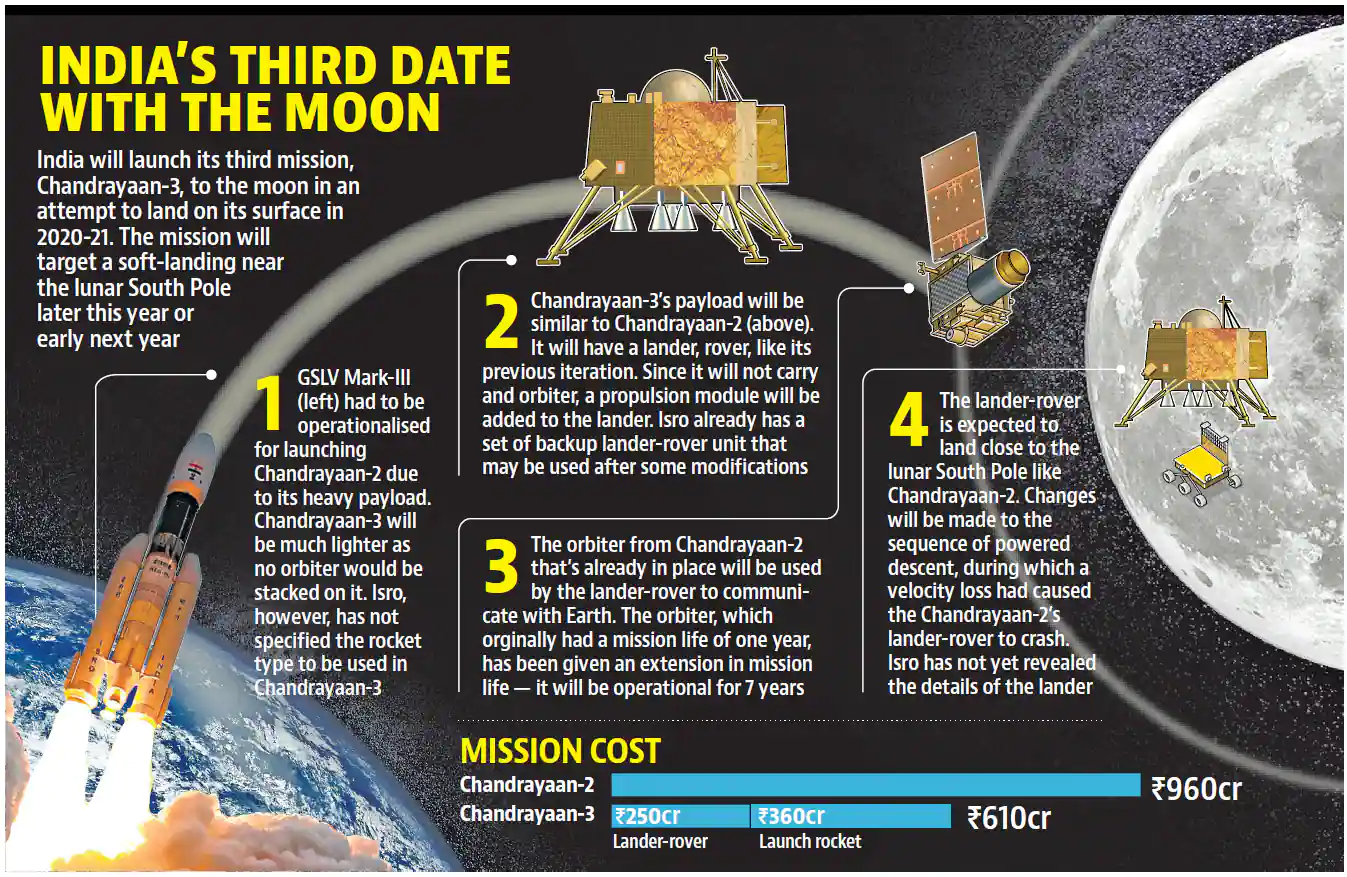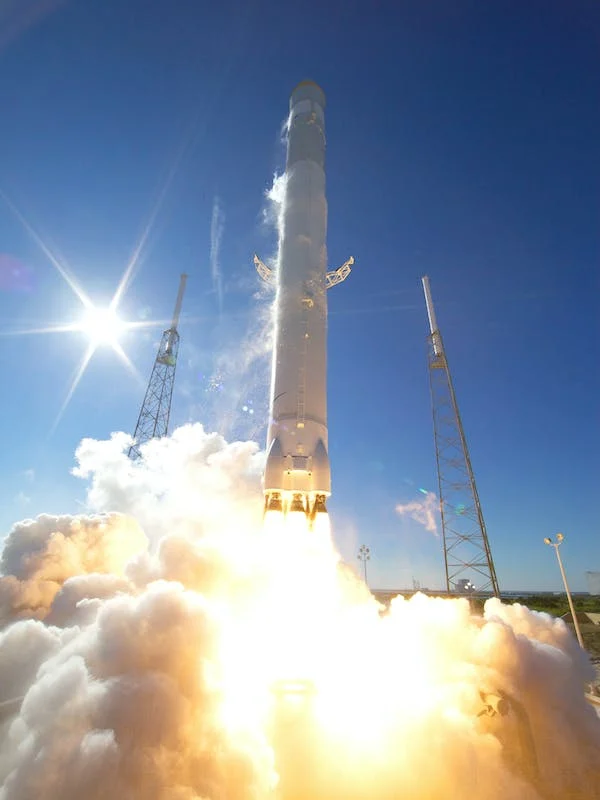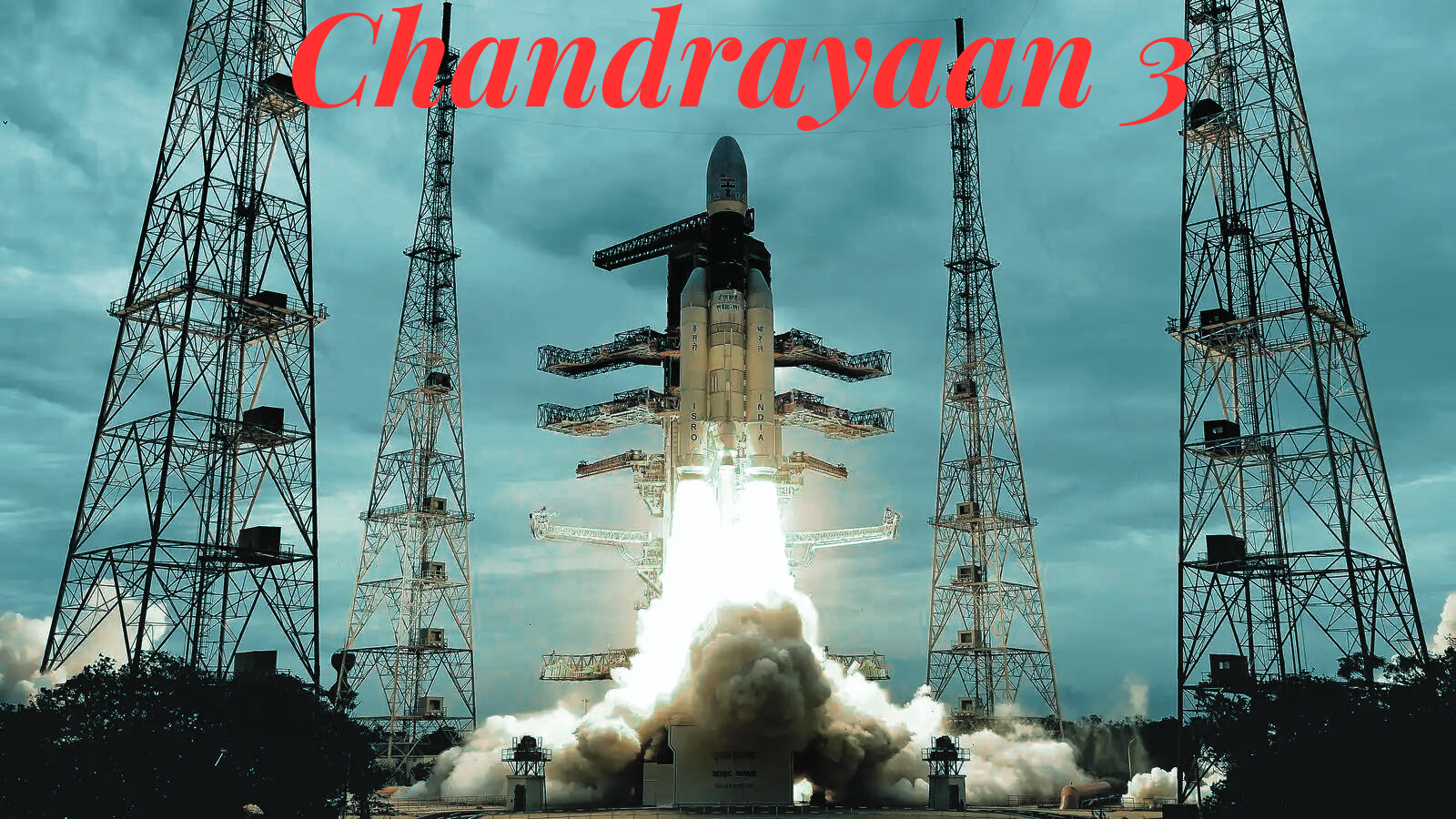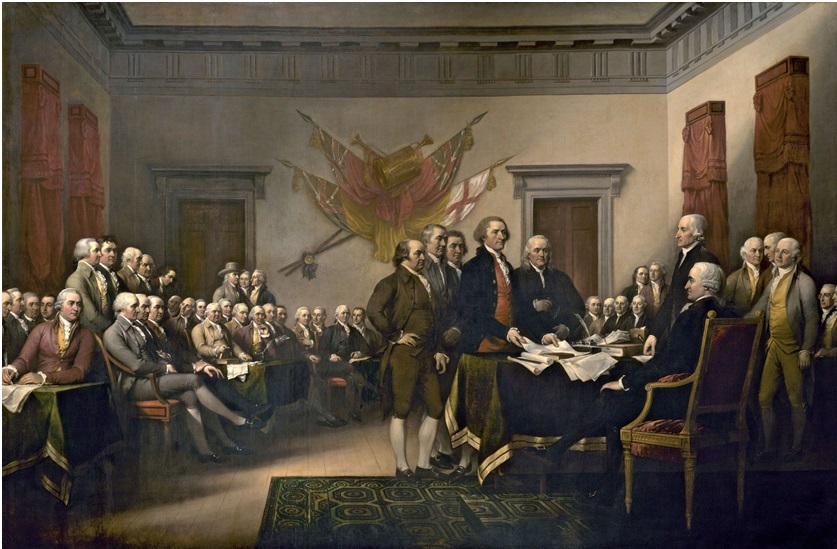According to the Indian Space Research Organisation (ISRO), Chandrayaan-3 designed to overcome shortcomings
It is hoped that the third lunar mission by ISRO would demonstrate a soft lunar module landing on August 23–24 close to the Moon’s southern pole. With a spacecraft powered by extra propellant, built for multiple failures, and a landing site 40 times larger than that of its predecessor, which met with an accident on the Moon four years ago, the Indian Space Agency is ready for its second attempt at a lunar landing.
The Indian Space Research Organization’s (ISRO) chairman, S. Somnath, explained how engineers at the organization tried to damage the Chandrayaan-3 spacecraft during the launch at 2:35 p.m. on Friday August 23–24, Chandrayaan-3, ISRO’s third lunar mission, will attempt a gentle lunar module landing near the Moon’s southern pole. The module is made up of a lander and a rover that are both filled with payloads for scientific research that will last for two lunar days, or 14 days on Earth.
We chose a failure-oriented design rather than one that was success-oriented, Somnath stated. Everything that may go wrong has been examined, including sensor, engine, algorithm, and computation problems. We want it to recover quickly enough. He remarked at a seminar for the space business that several failure scenarios had been evaluated and planned.

The 2008 launch of the lunar orbiter Chandrayaan-1 by ISRO contributed to the identification of water molecule fingerprints on the Moon. In September 2019, Chandrayaan-2 arrived at the Moon, however problems during the final descent led to the lander colliding with the lunar surface at a high speed. The spacecraft and mission designers have modified Chandrayaan-3’s design and mission profile in response to Chandrayaan-2’s difficulties.
The engines intended to slow down the Chandrayaan-2 lander’s descent were constructed with greater force than anticipated, according to Somnath. The lander had to move quickly since the force had grown and caused anomalies, but its capacity to move quickly was constrained by the software. Another difficulty was the specified landing spot. The spacecraft was told by ISRO to land inside a 500 meter by 500 meter area. The lander was likewise near to the earth, trying to get there. This produced a conflicting demand, according to Somnath: “To reach the area and, at the same time, reduce velocity.”

It got challenging to complete this mathematically in the allotted time, he said. In other words, there were limits to how much departures from predicted performance could be handled. The landing zone for Chandrayaan-3 has been increased to a 4.0 km by 2.5 km area, which is 40 times larger than the landing zone for Chandrayaan-2.If the performance is poor, it might happen anyplace in this area.
Second, we have added more propellant, so it has more capability to handle any deviation or go to alternative landing sites,” said Somnath. ISRO’s Geosynchronous Satellite Launch Vehicle (GSLV) Mark 3 will launch Chandrayaan-3 into space.
Next month, high-resolution images taken by cameras on the Chandrayaan-2’s lunar module during landing will be used. ” The last time, we collected photographs from the lander, processed them on Earth, and instructed it on how to land. This time, we know the landing site, boulders, craters, everything is mapped, programmed into the lander,” said Somnath.

Second, extra propellant has been added, giving it greater flexibility to manage any deviation or choose several landing places, according to Somanath.Chandrayaan-3 will be launched into orbit by the Geosynchronous Satellite Launch Vehicle (GSLV) Mark 3 of ISRO.
High-resolution pictures captured by the moon module’s cameras when Chandrayaan-2 was descending will be utilized starting next month. The last time, we received photographs from the lander, processed them on Earth, and instructed it on how to land. This time, the landing spot, boulders, and craters are all known; they are all charted and encoded into the lander, according to Somnath. The six-wheeled rover and the lander will explore the lunar surface, look for indications of tectonic activity, and look into any ions close to the surface.




